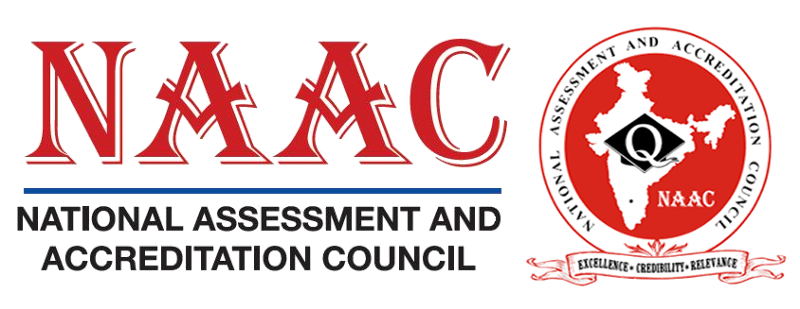Description

Disclaimer: Copyright infringement not intended.
Context
- The National Assessment and Accreditation Council (NAAC) announced a shift from the letter grade system to a binary categorization of "accredited" or "not accredited" for higher educational institutions.
- The decision, aims to streamline the accreditation process and address concerns of irregularities and corruption in the previous system.
ALL ABOUT NAAC: https://www.iasgyan.in/daily-current-affairs/national-assessment-and-accreditation-council
https://www.iasgyan.in/daily-current-affairs/naac
Maturity-Based Graded Accreditation (MBGA)
- NAAC introduces the Maturity-Based Graded Accreditation (MBGA) system to incentivize institutions to enhance their standards.
- Institutions achieving expected requirements are classified into levels 1 to 4 as "Institutions of National Excellence", while those excelling further are designated as "Institutions of Global Excellence for Multi-Disciplinary Research and Education" at level 5.
- Implementation of the binary accreditation system is slated for the next four months, with MBGA expected to be in place by December 2024.
Issues with Previous Accreditation System
- Allegations of irregularities, favoritism, and corruption marred the NAAC's credibility.
- Committee findings revealed compromised IT systems, discrepancies in site visits by assessors, and unauthorized access to internal systems.
- Former executive council chairman Bhushan Patwardhan resigned, citing indifference to corruption concerns.
- Auditor General of India's report criticized NAAC for irregularities in scoring and lack of justification for high grades.
.jpg)
Scrutiny of New Accreditation System
Objective of Binary Accreditation
- NAAC aims to encourage all higher educational institutions to seek accreditation, promoting quality and transparency.
- Many institutions refrained from accreditation due to fear of poor results, indicating underlying issues of quality and trust in the previous system.
- The move to onboard all institutions is laudable, enhancing visibility domestically and internationally.
Mechanism and Fairness
- Concerns raised about the fairness and transparency of the accreditation process.
- Emphasis on process, outcomes, and impact across attributes of Higher Educational Institutions (HEIs) rather than input-centric metrics.
- Past issues such as lack of a data center and doubts about changing information after submission raise questions about process integrity.
Challenges and Recommendations
Risk of Corruption
- Transition to MBGA may lead to heightened competition among institutions for top ratings, potentially fostering corruption.
- Previous focus on acquiring A++ grades replaced by pursuit of level 5 accreditation, raising concerns about the efficacy of the new system.
Peer Team Visits
- NAAC must ensure rigorous yet straightforward evaluation processes during campus assessments.
- Fear and intimidation among faculty, staff, and students during peer team visits must be addressed to foster confidence in the evaluation process.
- Institutions should maintain a balance between hospitality and professionalism during visits to avoid compromising the evaluation's credibility.
Selection of Peer Team Members
- NAAC should prioritize selecting experienced and knowledgeable academics as peer team members to uphold the integrity of the evaluation process.
- Instances of ignorance among peer team members highlight the need for enhanced qualifications and expertise in evaluation teams.

Conclusion
- The introduction of a binary accreditation system by NAAC marks a significant shift in the evaluation of higher educational institutions.
- While the move aims to address past irregularities and promote transparency, concerns remain regarding the fairness of the process and the potential for corruption.
- To ensure the effectiveness of the new system, NAAC must prioritize integrity, transparency, and professionalism in the accreditation process, including the conduct of peer team visits and the selection of evaluation team members.
- Only through stringent oversight and adherence to rigorous standards can NAAC restore trust and credibility in its accreditation process.
|
PRACTICE QUESTION
Q. Discuss the credibility challenges confronting NAAC's accreditation system. Evaluate the impact of irregularities and favoritism on higher education quality in India.
|














